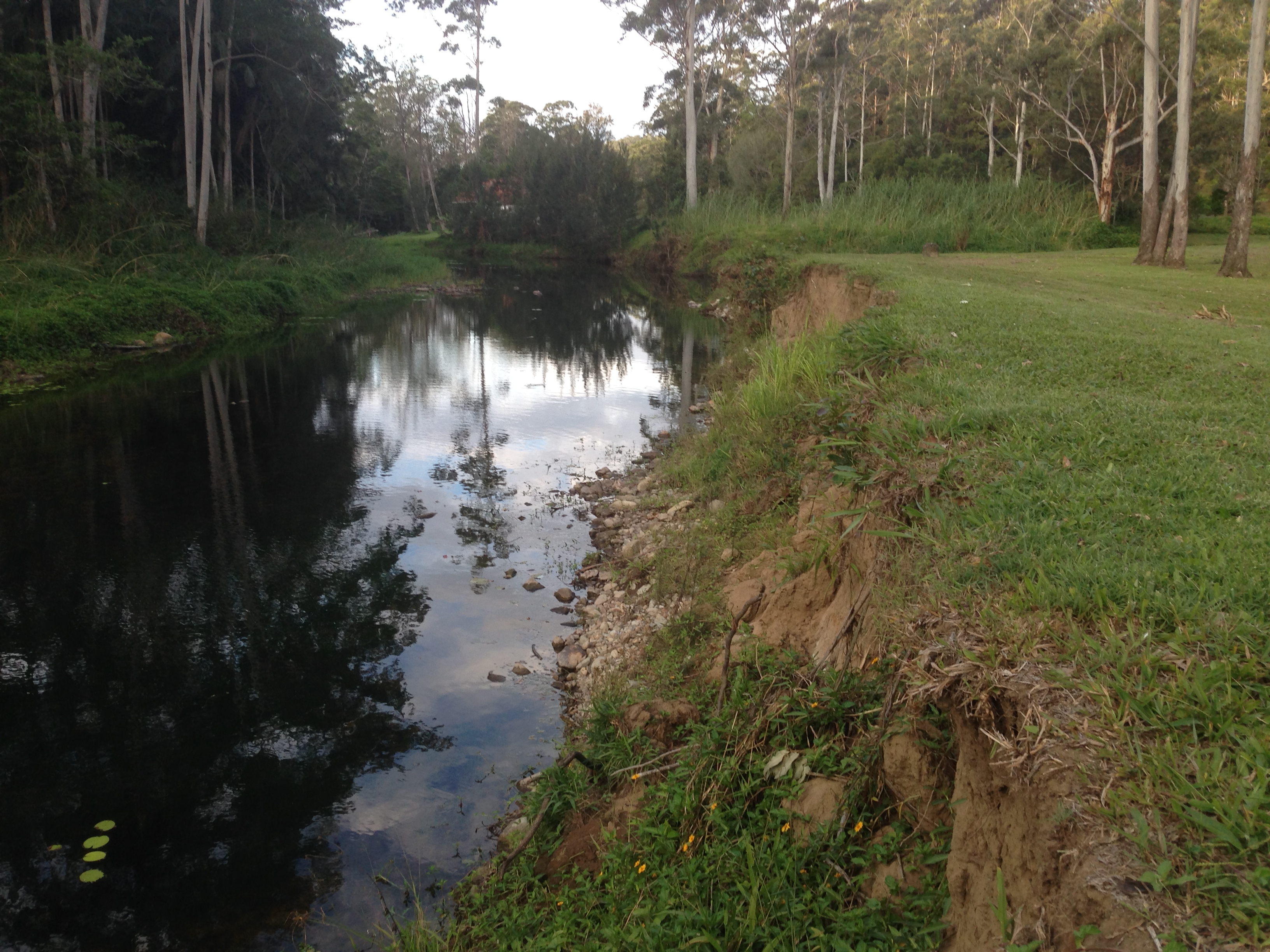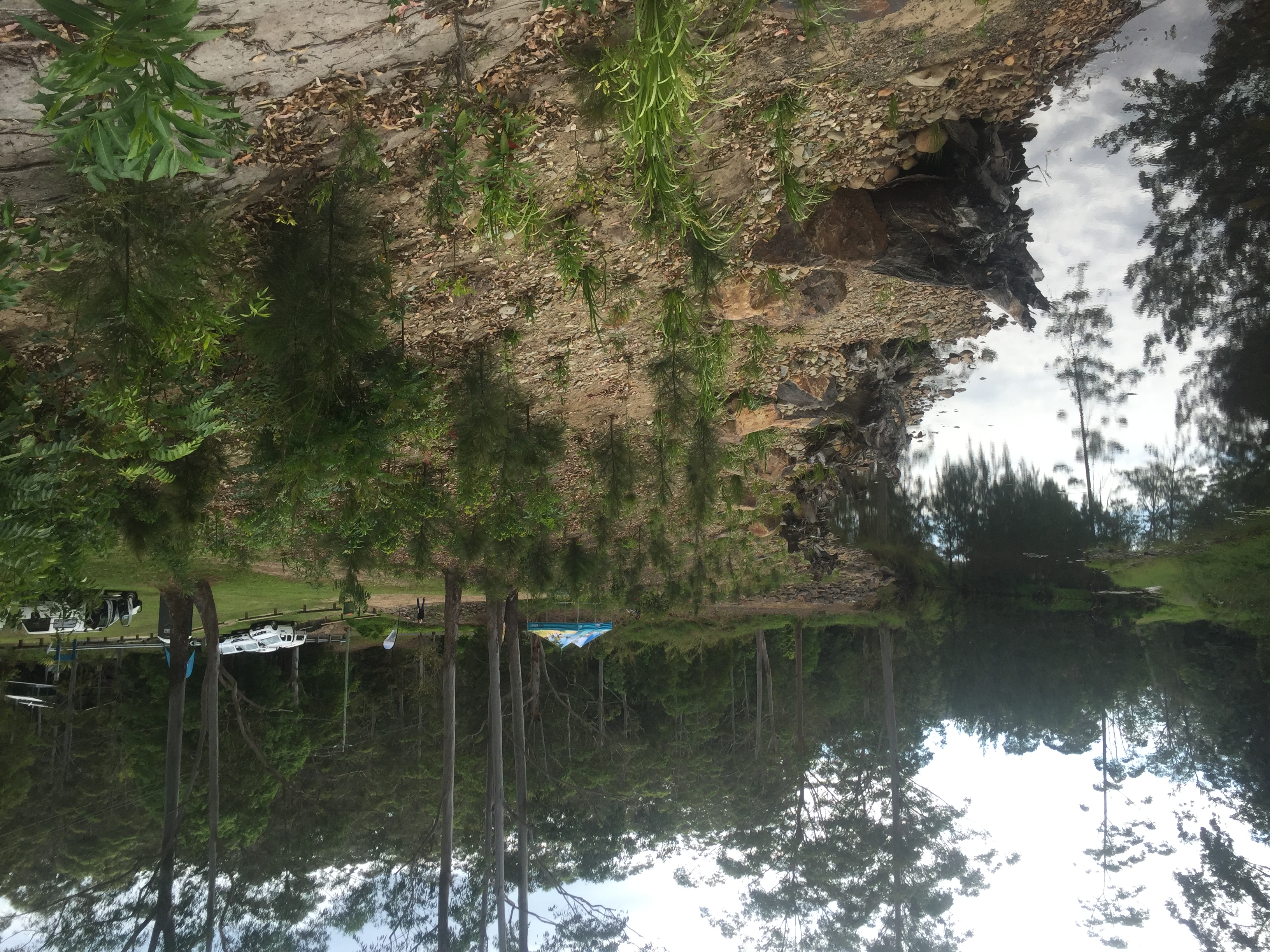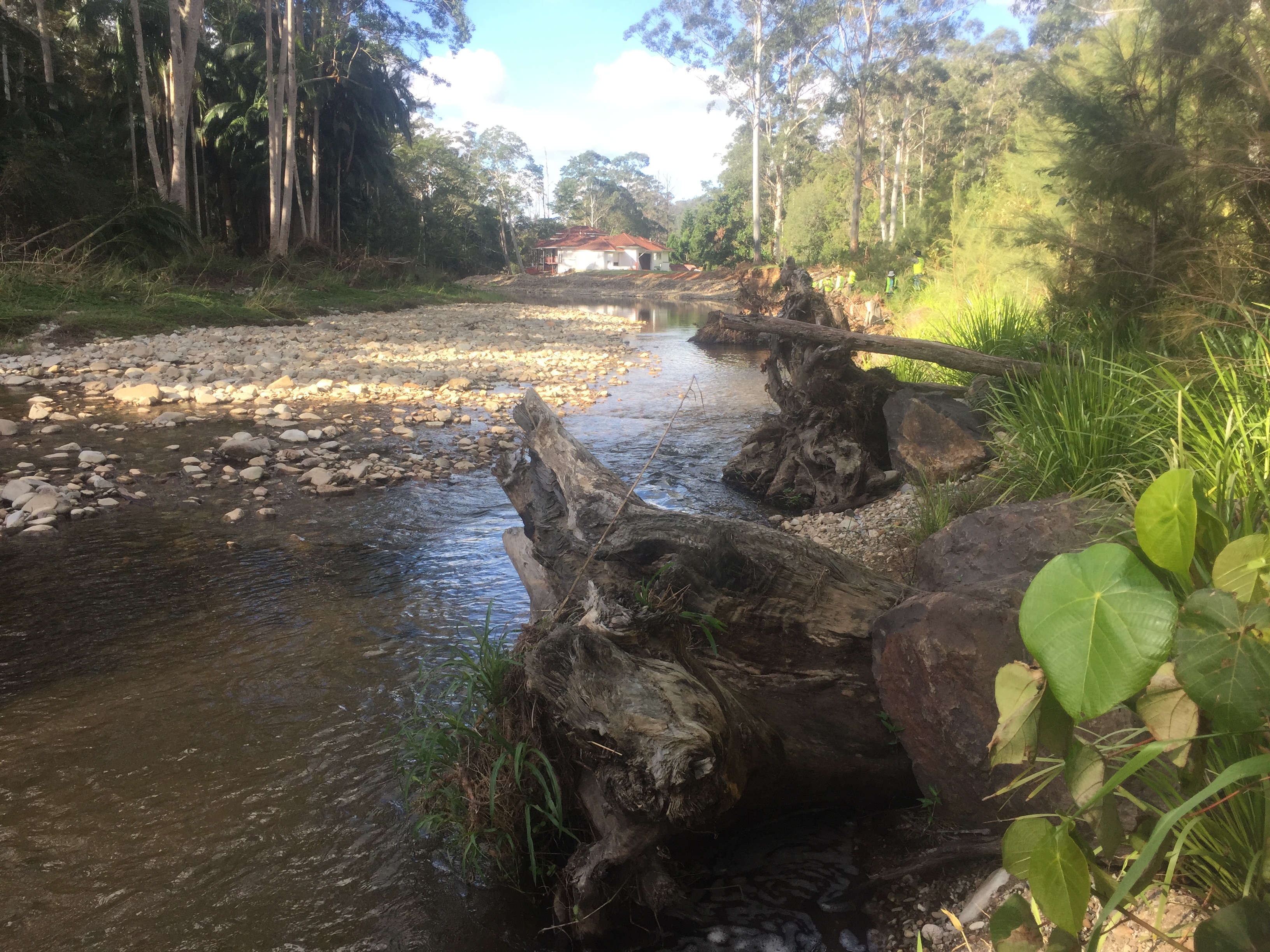|
|
Queensland River Rehabilitation Management GuidelineThe Queensland River Rehabilitation Management Guideline (QRRMG) provides a high-level summary of the seven-step Aquatic Ecosystem Rehabilitation Process (Rehabilitation Process) The Rehabilitation Process provides a consistent and transparent approach and has been designed to support rehabilitation projects by guiding the development of a well scoped rehabilitation plan. It is underpinned by a Whole-of-System, Values-Based Management Framework, providing a comprehensive and integrated, values-based approach to rehabilitation. The Rehabilitation Process and the underpinning Framework have been designed to ensure that management decisions are informed by linking an understanding of the biophysical components (parts) and processes of aquatic ecosystems to the broader landscape. This provides a basis for understanding and documenting the ecosystem services society derives from the aquatic ecosystem. The values of these services to beneficiaries can then be considered alongside any threats and pressures to them. Quick facts
The QRRMG is targeted at those seeking to manage rivers across Queensland including technical managers, funding agencies, Natural Resource Management groups, local governments, consultants, First Nations people and land care groups. Within the QRRMG detail is provided on the rationale for inclusion for different management steps and what they involve. The Aquatic Ecosystem Rehabilitation Process pages supplement the QRRMG, with more detail on how to undertake different steps and on specific management intervention options. Together they provide a process that can reinforce a proactive rather than reactionary approach to river management, while recognising and allowing for either approach to be adopted. The rivers of Queensland are diverse and have been part of First Nations peoples' identity for millennia. The nature of a rivers can vary significantly not only between different regions but also along the length of a single system. This means that the way river rehabilitation is undertaken will change with the river characteristics, its values and the range of pressures they have been subjected to. The intense period of land clearance, including on floodplains and on the banks of rivers across Queensland between the mid-1800’s to the mid-1900’s for agriculture has resulted in changes to the way both land and rivers are used as a resource. Many river systems experienced a threshold change with dramatic deepening and widening. The effects of this previous land clearance can be seen in most river systems across the state and needs to be considered in any rehabilitation activities. Improvements in river management have included the recognition of the significant advantage of using vegetation as a management tool. However, much more is needed to improve the condition of Queensland’s rivers and adjoining lands, so that the river can recover more quickly from a disturbance while reducing the need for continual maintenance. Last updated: 20 December 2021 This page should be cited as: Department of Environment, Science and Innovation, Queensland (2021) Queensland River Rehabilitation Management Guideline, WetlandInfo website, accessed 8 May 2025. Available at: https://wetlandinfo.des.qld.gov.au/wetlands/management/rehabilitation/guideline.html |

 — Department of the Environment, Tourism, Science and Innovation
— Department of the Environment, Tourism, Science and Innovation






